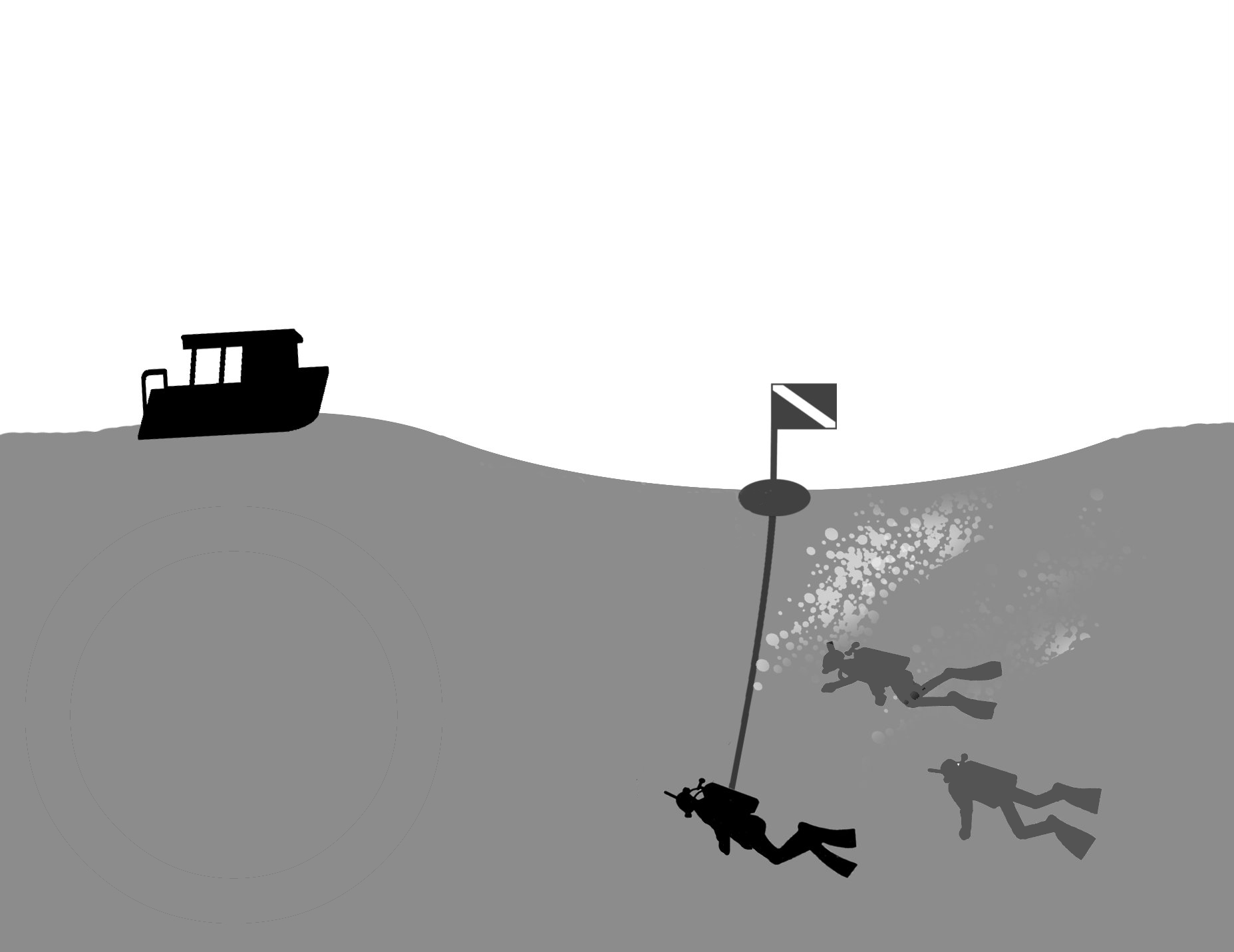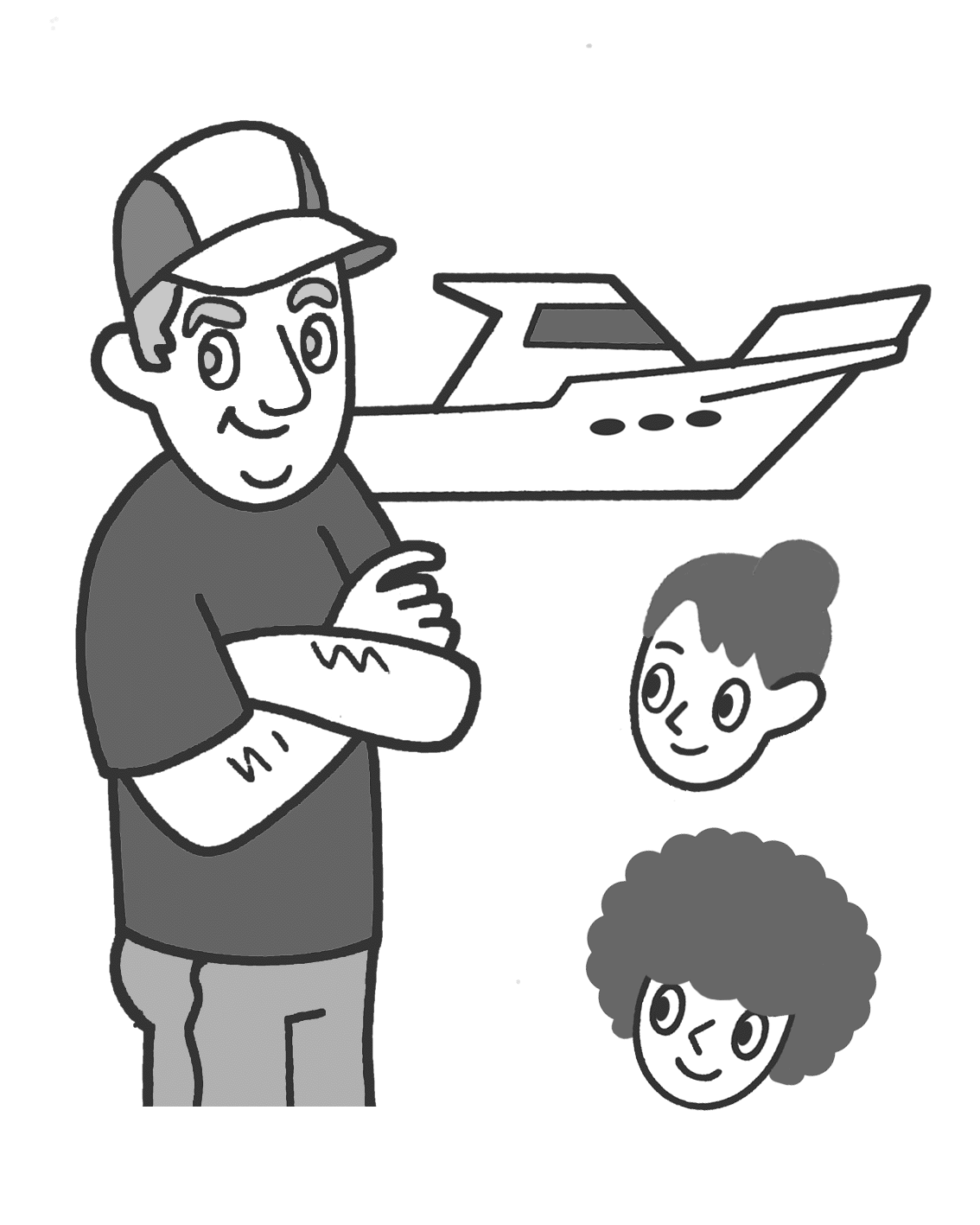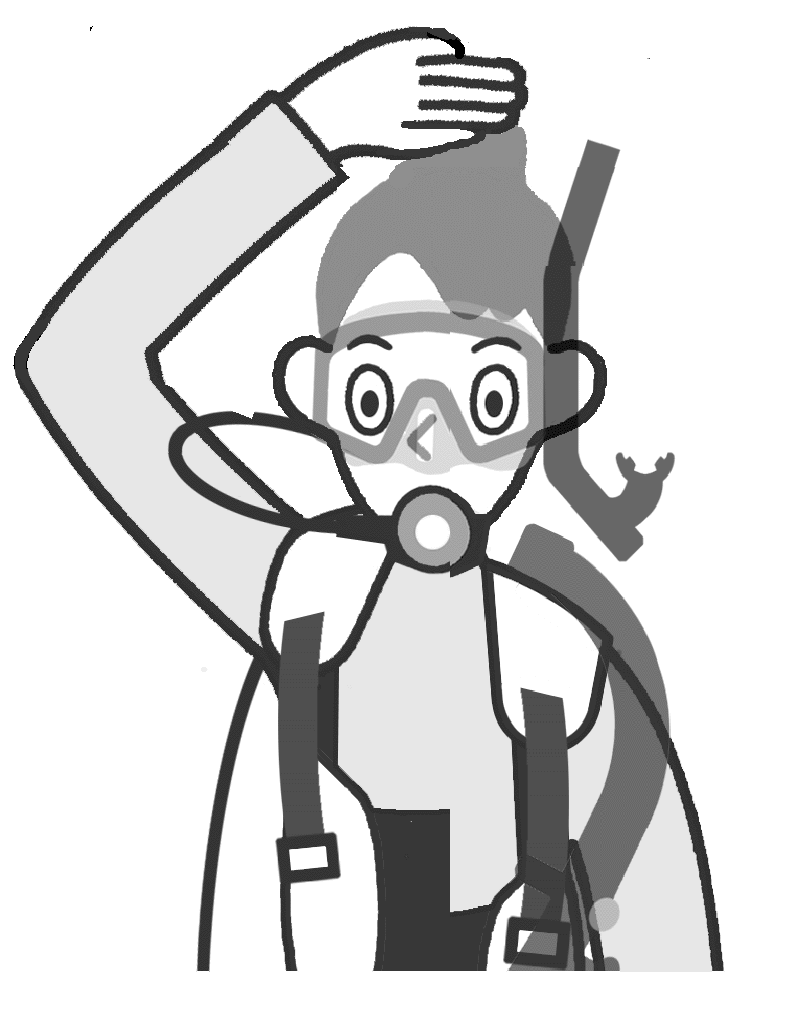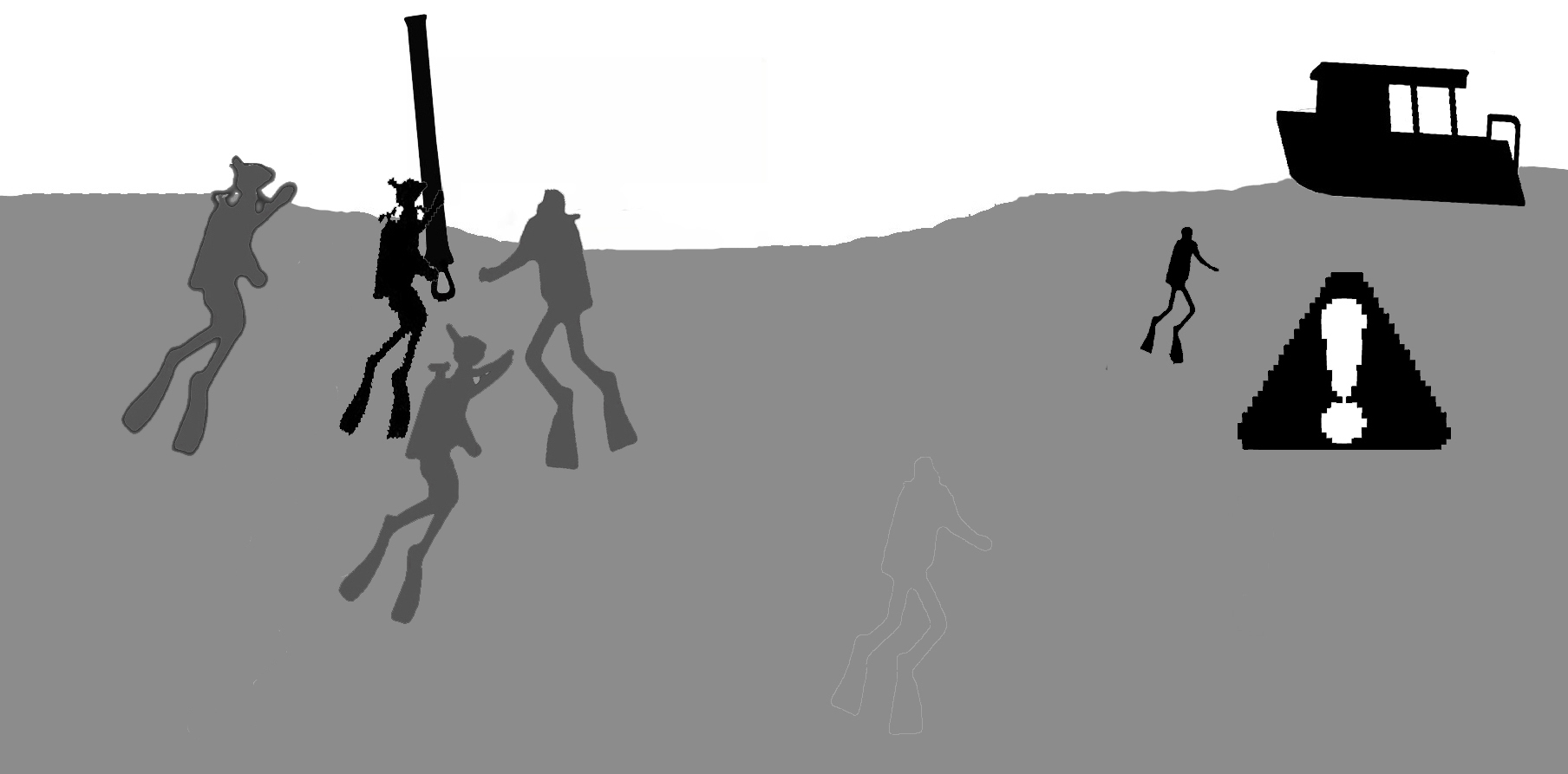
The Role of Dive Professionals
Certification Card
Conditions for Holding
Classroom Control
Gathering Information
Planning
Recruitment of Participants
Conducting Fun Dives①
Conducting Fun Dives②
Conducting Fun Dives③
Conducting Fun Dives④
Risk Management
Obligations and Responsibilities
|

|
■Risk Management
In the event of an accident involving a participant in fun diving, dive professionals may be legally liable.
In fun diving, thorough risk management is essential to prevent accidents.
Dive professionals must anticipate and avoid various risks to prevent diving accidents and troubles.
Before fun diving, consider various risks and establish measures to avoid them.
① Observe the behavior of all participants before diving, speak gently to alleviate any anxiety, and ensure not to cause stress to the participants.
If a participant shows signs of stress, stop their diving activities.
② During fun diving, always keep all participants within sight and perform regular safety checks for all participants (legally interpreted as at least once every 4 seconds).
It's not enough to check only certain participants (e.g., those with less diving experience).
|

It's important to confirm the status and movements of all team members (safety check).
|
|
③ When moving heavy objects such as tanks or weights, use one hand. If you use both hands and happen to fall, there's a risk of the weight falling on your foot or trapping your hand between the weight and the ground, leading to fractures or finger injuries. Especially for women without much arm strength, it's best for staff to handle tanks and weights whenever possible.
④ When participants are assisting staff with tasks, even minor ones, always provide a briefing on safety precautions beforehand.
⑤ Underwater, regularly check guests' remaining air pressure and mental state approximately every few minutes.
⑥ The equipment used by veteran divers may be at risk of failure due to wear and tear from years of use. Do not assume that veteran divers' equipment is safe. Announce the importance of thorough equipment checks to ensure safety.
⑦ Middle-aged and older adults over 40 are at risk of accidents due to
increased heart rates. Confirm special measures for these guests and ensure thorough slow diving
practices.
⑧
Beginners often get distracted by observing underwater life and forget to look ahead or around them. During snorkeling, to avoid collisions with reefs and other objects, announce during the briefing to always look ahead and around.
⑨
In the event of a diving accident, there is a moral obligation to explain the situation to the injured person's family. Even with close relationships, always use an application form and document the participant's health and condition on the day of the event. Oral explanations without written documentation may not satisfy the family and could lead to significant trouble.
⑩ For boat diving, check the boat ladder in advance to ensure it is secure. Announce to participants to be careful not to pinch their fingers or toes when exiting the water onto the boat.
⑪ For boat diving, there are propulsion devices such as propellers at the stern of the boat. Announce to participants that they must never approach the stern, and consider using a current line to enforce this.
⑫
For boat diving, when anchoring the boat for diving, always ensure that a staff member with a boat license remains on the boat in case the anchor comes loose. Alternatively, use long ropes, chains, or auxiliary anchors to ensure the anchor remains secure.
⑬ During the briefing for boat diving, ensure that participants fully understand the specialized terminology related to boat diving and the diving procedures.
⑭ In boat diving, the deck can be unstable and slippery, so it's best for staff to handle the loading and unloading of heavy equipment such as tanks and weights onto and off the boat.
|
|
⑮ In boat diving, bubbles can be difficult to see from the boat due to waves, and divers' voices can be hard to hear over the engine and wave noise. It's best to use surface floats as much as possible to make divers' positions easily visible from the boat. |
|

It's reassuring to have a float.
|
|
⑯ In boat diving, it's important to have a meeting with the boat operator and lookout regarding the following: entry methods, dive routes, exit methods, and emergency procedures such as drift situations. |
|

Meeting with boat staff is important.
|
|
⑰ In boat diving, to avoid contact between divers not yet beginning their descent near the surface and the boat, the assistant at the rear of the group will start their descent last. The assistant at the rear should signal to the boat when they start their descent. |
|

Ascent (descent) complete. Signal clearly to the boat.
|
⑱ In boat diving, we monitor surface floats and exhaust bubbles from the boat. The leader should signal the boat to approach only after ensuring that all members have completed their ascent. If there are divers underwater, the boat should not approach. Also, be careful to ensure that some participants do not stray from the group. |
|

Is there anyone like this?
|
You can check the directives from the Japan Coast Guard here.
|
|
|
|
© net-diver school.2006.All rights reserved |
|

